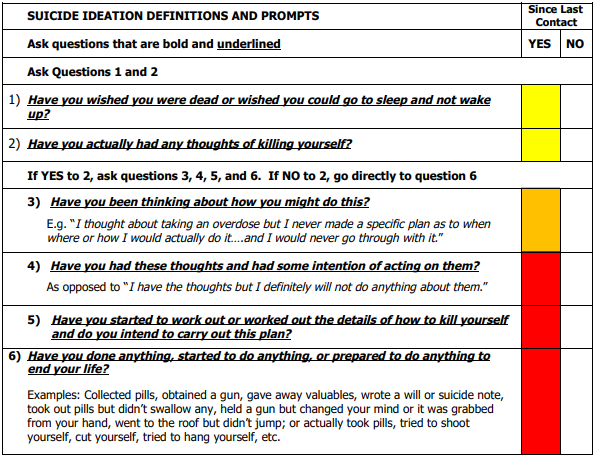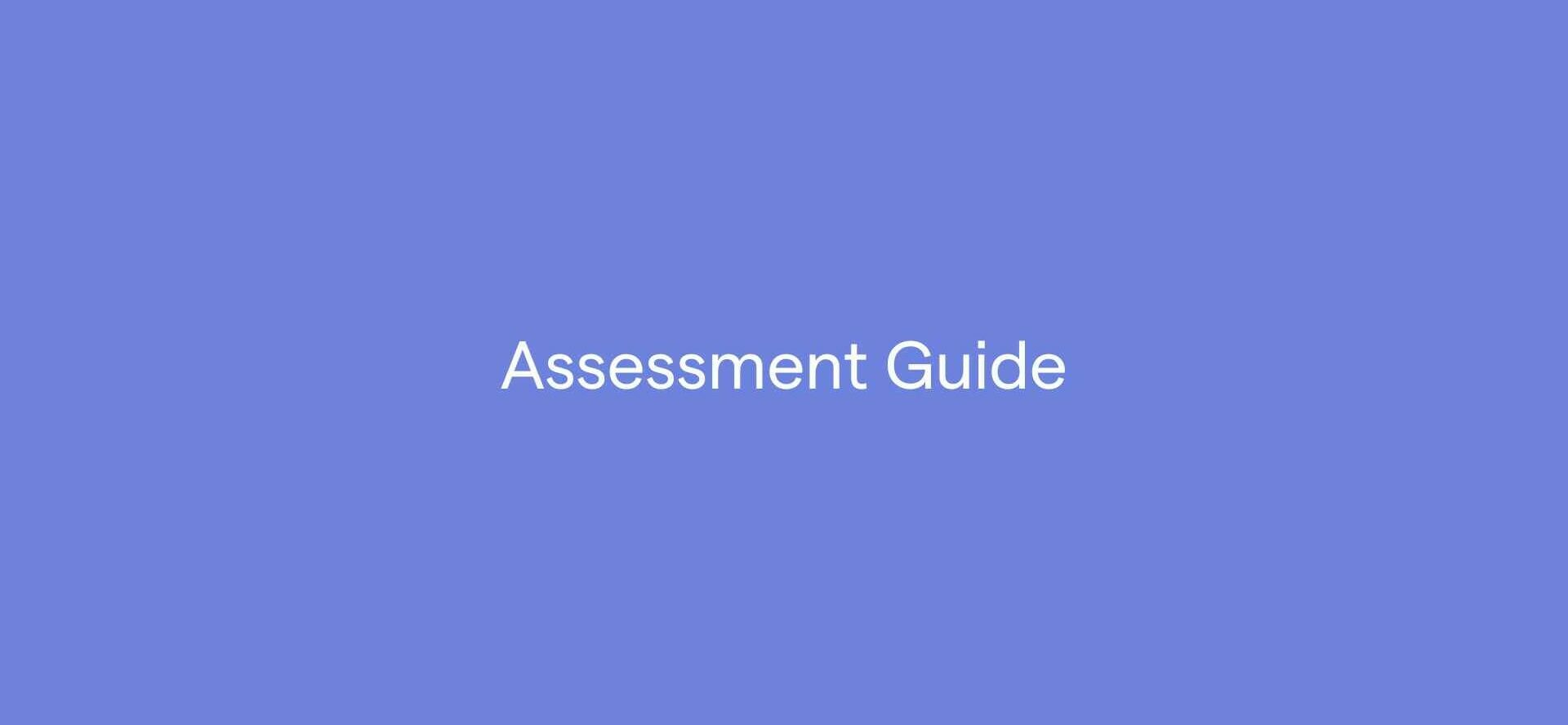The Columbia Suicide Severity Rating Scale (C-SSRS)
Recommended frequency: Manual
Summary
The Columbia Protocol, also known as the Columbia-Suicide Severity Rating Scale (C-SSRS), supports suicide risk assessment through a series of simple, plain-language questions that anyone can ask. The answers help users identify whether someone is at risk for suicide, assess the severity and immediacy of that risk, and gauge the level of support that the person needs. Users of the tool ask people:
- Whether and when they have thought about suicide (ideation)
- What actions they have taken — and when — to prepare for suicide
- Whether and when they attempted suicide or began a suicide attempt that was either interrupted by another person or stopped of their own volition
There are several versions of the Columbia Suicide Severity Rating Scale available for use in clinical practice. The greenspace platform offers the following two:
- The Lifetime/Recent version allows practitioners to gather lifetime history of suicidality as well as any recent suicidal ideation and/or behavior.
- The Since Last Visit version of the scale assesses suicidality since the patient’s last visit.
Psychometric Properties
The C-SSRS evidenced excellent internal consistency (ordinal α = .95). Principal components analysis (PCA) revealed a 2-factor solution, accounting for 65.3% of the variance across items. The severity of ideation and behavioral items loaded onto the first factor, and the intensity of ideation items loaded onto the second factor. The total score, factors, and the most severe ideation single item were moderately correlated with other measures of suicidality (0.27 ≤ r ≤ 0.58; P < .0001).
Sources:
1. https://pubmed.ncbi.nlm.nih.gov/27464320/
The Scale
Suicide Ideation Definition and Prompts:

Scoring
The “score” is either Low, Moderate or High risk depending on where there are affirmative answers. The most worrisome answers are the same in all settings and are a recent (past month) “yes” to question 4 or 5 on ideation severity and/or any recent (past 3 months) behaviour.

Copyright Information
Developed by The Columbia Lighthouse Project.












